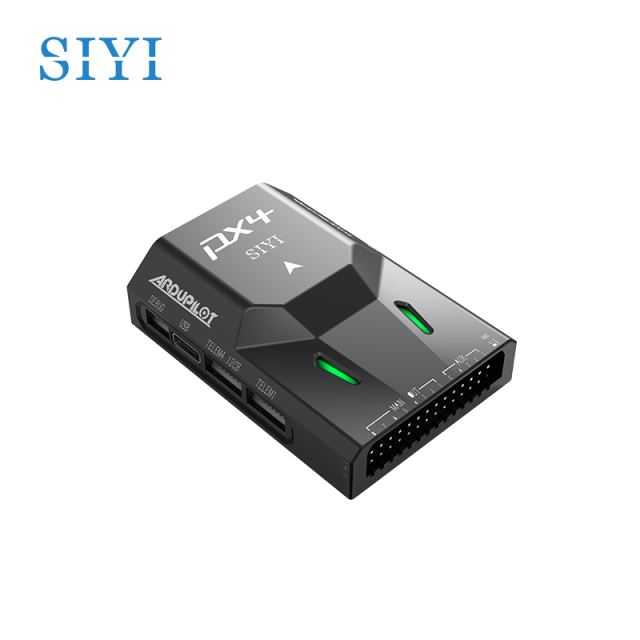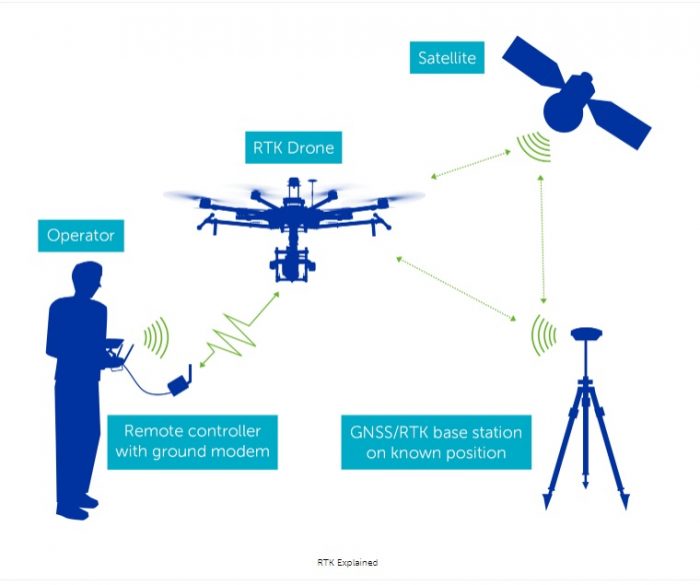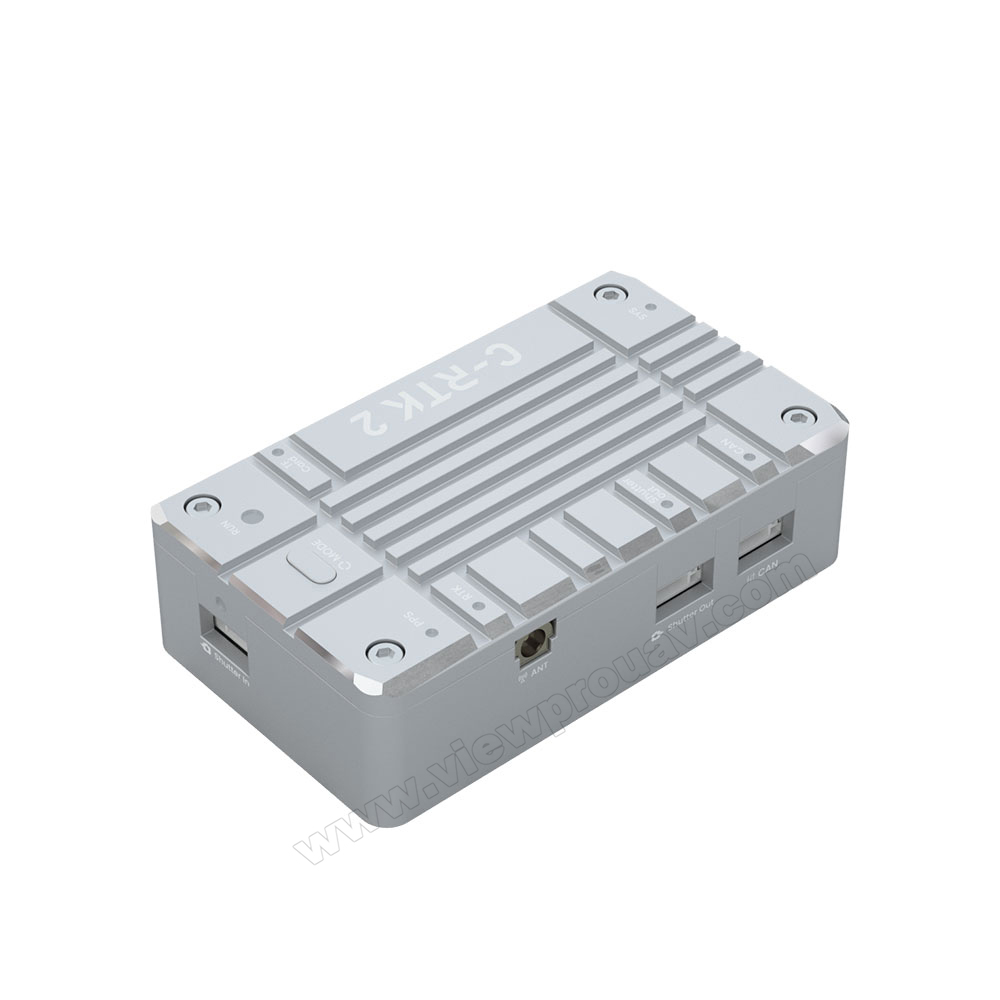SparkNavi Drone Flight Controller and GNSS/INS Made in Taiwan: Blazing A Trail in Drone Modern Technology
SparkNavi Drone Flight Controller and GNSS/INS Made in Taiwan: Blazing A Trail in Drone Modern Technology
Blog Article
Checking Out the Function of Drone Trip Controllers in Enhancing Flight Stability and Navigating Performance
The innovation of drone innovation has dramatically increased the importance of trip controllers, which serve as the brain of these airborne lorries. By incorporating real-time information from an array of sensors, flight controllers improve trip stability and navigation performance, ensuring that drones can run efficiently also in complicated environments.

Recognizing Trip Controllers
Trip controllers are indispensable elements in the performance of drones, offering as the brains that handle and stabilize trip procedures. These advanced devices procedure information from numerous sensing units, including accelerometers, gyroscopes, and GPS, to guarantee that the drone maintains its desired trip path. The flight controller analyzes this data and executes commands based on pre-defined formulas, making it possible for the drone to reply to ecological modifications, such as wind or barriers.
The primary function of a trip controller is to keep security during flight. It achieves this by making real-time changes to the drone's motors and control surface areas, making certain balance and control. Additionally, modern-day flight controllers include innovative attributes such as waypoint navigating, enabling automated trip courses and improved operational effectiveness.
Recognizing the design of trip controllers is vital for both professionals and enthusiasts. As modern technology developments, trip controllers have actually ended up being much more qualified and small, integrating fabricated intelligence to adjust and improve decision-making procedures to complicated trip situations.
Secret Parts of Flight Security
Achieving ideal trip stability in drones counts on several vital parts that function in show to make sure smooth and regulated operations. Central to this security is the trip controller itself, which processes information from different sensing units to maintain the desired trip perspective. This consists of accelerometers and gyroscopes that determine motion and orientation, enabling real-time adjustments to the drone's setting.
An additional essential element is the electronic rate controllers (ESCs), which control the power supplied to the motors. By carefully tuning motor rates in reaction to trip controller commands, ESCs assist preserve balance and counteract disruptions triggered by wind or unexpected activities.
In addition, the style of the drone's structure plays a critical function in flight stability. A well-structured structure reduces resonances and boosts the overall wind resistant profile, contributing to smoother trip characteristics. The integration of advanced formulas within the trip controller help in anticipating adjustments, ensuring a receptive and versatile flight experience.
With each other, these components form a natural system that boosts a drone's security, enabling accurate maneuvering and improved performance in numerous flight conditions.
Navigation Efficiency Strategies
Effectiveness in navigation is crucial for maximizing drone procedures, especially in intricate atmospheres. Effective navigating strategies boost the capability of drones to traverse tough surfaces and avoid barriers, thereby boosting operational performance and safety and security.
One famous strategy is the application of innovative general practitioners and inertial dimension units (IMUs) that provide exact place monitoring and orientation information. These innovations permit drones to calculate optimal flight paths in real-time, thinking about numerous aspects such as wind conditions and prospective barriers.
One more method includes the usage of formulas for course planning and optimization. Formulas such as A * and Dijkstra's formula can be deployed to establish one of the most reliable course while lessening energy usage and flight time. Moreover, incorporating equipment learning versions can make it possible for drones to adaptively gain from their atmospheres, enhancing navigating abilities via experience.

Influence On Autonomous Drones
The combination of sophisticated navigation strategies has actually greatly transformed the capabilities of self-governing drones, enabling them to run with higher autonomy and precision. SparkNavi drone flight controller and GNSS/INS made in taiwan. These enhancements are primarily attributed to sophisticated flight controllers that use real-time data processing and sensor combination, allowing drones to navigate complicated settings seamlessly
The effect on autonomous drones extends webpage beyond simple navigating; it incorporates boosted challenge evasion, improved stability during dynamic conditions, and boosted goal integrity. By leveraging algorithms that integrate artificial intelligence and synthetic intelligence, drones can adapt to transforming circumstances, making notified choices that enhance their flight courses while lessening threats.
Moreover, the execution of robust trip controllers has actually helped with the implementation of intricate jobs, such as airborne evaluations, shipment services, and farming monitoring, with marginal human treatment. This ability not only streamlines operations but likewise minimizes human error, thereby improving total safety and security.
Consequently, the functional range of autonomous drones has broadened dramatically, making them important devices in numerous industries. Their capability to execute successfully in diverse circumstances emphasizes the essential role that advanced trip controllers play in forming the future of unmanned airborne systems.
Future Patterns in Trip Control
Frequently, advancements in trip control modern technology are positioned to redefine the landscape of drone procedures in the coming years. Arising trends show a substantial shift in the direction of improved fabricated intelligence (AI) combination, enabling trip controllers to refine real-time data more efficiently. This advancement will certainly help with better decision-making capabilities, permitting drones to adjust to dynamic ecological conditions autonomously.
Furthermore, the application of machine discovering algorithms is anticipated to why not try here improve predictive upkeep, thus lessening downtime and extending the lifecycle of drone components. This proactive approach to maintenance will certainly be critical as drone applications expand throughout various industries, from agriculture to logistics.

.png)
Lastly, improvements in safe interaction protocols will deal with safety and regulatory issues, ensuring that drones can operate effortlessly in stuffed airspaces (SparkNavi drone flight controller and GNSS/INS made in taiwan). Collectively, these patterns direct towards a future where trip control systems are not just smarter and much more effective yet also capable of operating safely in an increasingly integrated airspace
Final Thought
Finally, drone flight controllers are important to improving trip security and navigation effectiveness through the innovative handling of sensor information. By keeping optimum trip attitudes and using innovative formulas for path optimization and challenge evasion, these controllers significantly add to the autonomy and operational security of drones. As modern technology proceeds to progress, better innovations in trip control systems are anticipated, promising improved efficiency and broadened abilities in the world of unmanned airborne cars.
By integrating real-time data from a variety of sensors, trip controllers boost trip security and navigation efficiency, making certain that drones can run smoothly also in complicated atmospheres.Flight controllers are integral elements in the performance of drones, serving as the brains that support and handle flight operations. Furthermore, contemporary trip controllers incorporate advanced features such as waypoint navigating, permitting for automated trip courses and improved functional performance.
Central to this stability is the trip controller itself, which processes data from numerous sensing units to maintain the wanted trip perspective.In verdict, drone trip controllers are essential to boosting trip stability and navigation effectiveness through the sophisticated processing of sensor data.
Report this page